Ask Ethan #99: How do we know the age of the Universe?
And are there independent ways to check?
“Youth is the gift of nature, but age is a work of art.” –Stanislaw Jerzy Lec
Each week at Starts With A Bang, we cover a whole slew of topics on the wonders of the Universe. Throughout, you have the opportunity to send in your questions and suggestions for our weekly Ask Ethan column, and at the end, I pick one to highlight, showcase and answer. This week’s choice won’t just be answered by an Ethan, it was also asked by one: Ethan Barbour, who wants to know about the age of the Universe:
I have an astronomy question, and it is basically this: how many independent ways can we measure the age of the universe?
I’d love to tell you that there are all sorts of different lines of evidence that point to our 13.8 billion year age, similar to how there are so many independent pieces of evidence pointing to dark matter. But in reality, there are only two good ones, and one is better than the other.
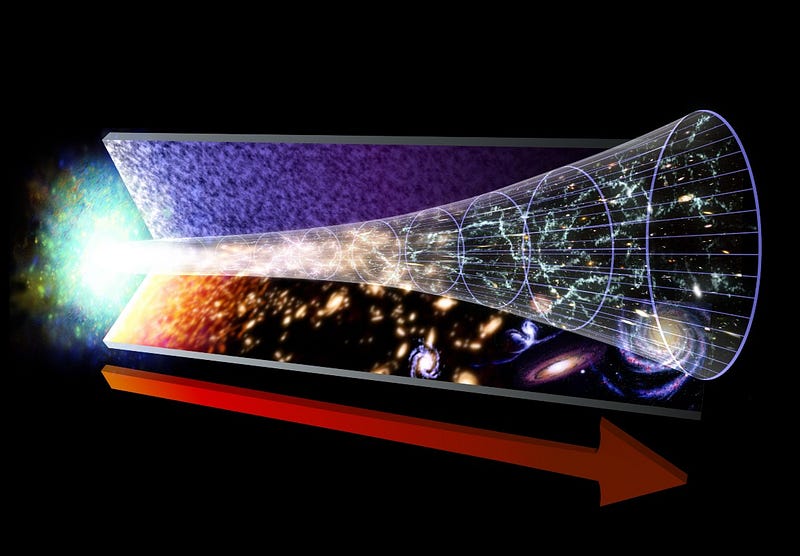
The “good” one is to think about the fact that our Universe is expanding and cooling today, and to recognize that it was therefore hotter and denser in the past. If we go back, to earlier and earlier times, we’d find that as the volume of the Universe was smaller, all the matter in it was not only closer together, but that the wavelengths of all the individual photons (particles of light) in it were shorter, as the Universe’s expansion has lengthened them to be as long as they are today.
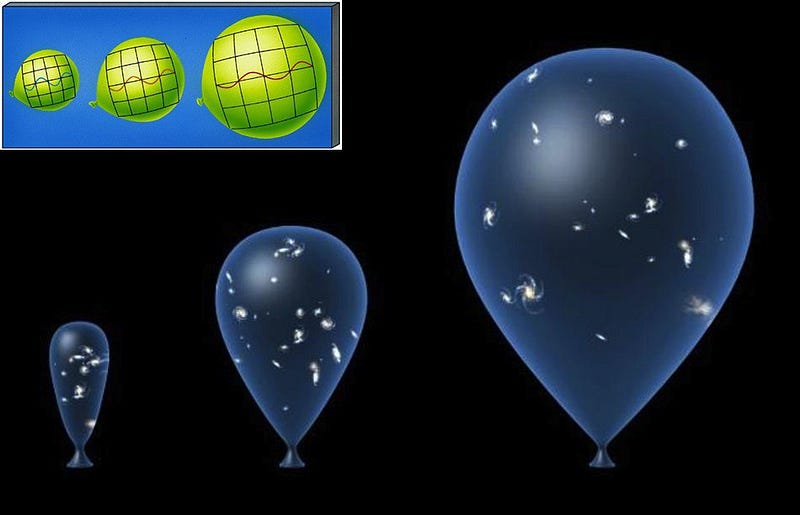
Since a photon’s wavelength defines its energy and temperature, a shorter-wavelength photon is more energetic and higher in temperature. As we go back farther and farther in time, the temperature goes up and up, until at some point, we reach the earliest stages of the hot Big Bang.
This is important: there is an “earliest stage” for the hot Big Bang!
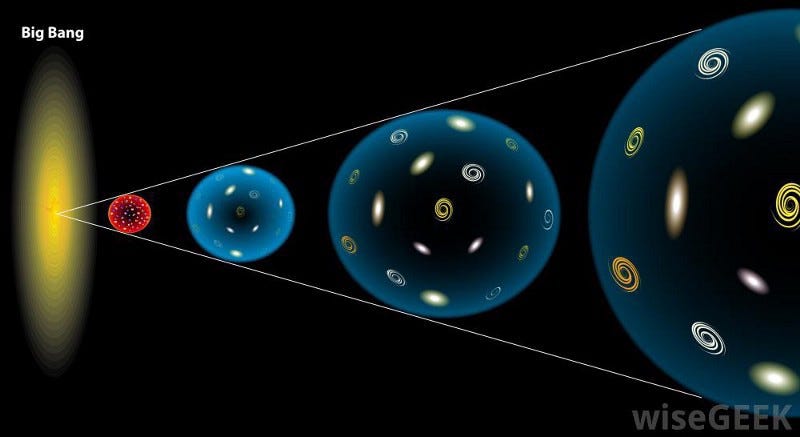
If we were to extrapolate “infinitely” far back, we’d reach a singularity, where physics breaks down. With our modern understanding of the very early Universe, we know that an inflationary state preceded the hot, dense Big Bang, and that inflationary state was of an indeterminate duration.
So when we speak of “the age of the Universe,” we’re talking about how much time has past since the Universe could first be described by the hot Big Bang until the present day.
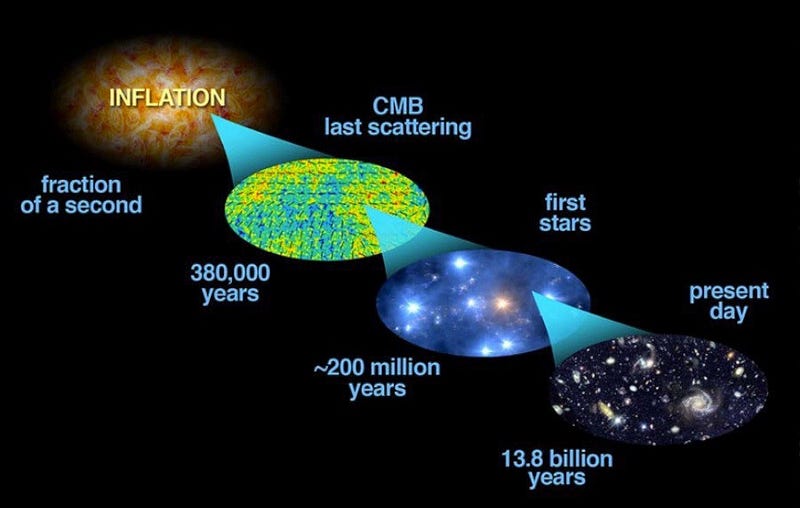
Under the laws of General Relativity, if you have a Universe like ours, which is:
- of uniform density on the largest scales,
- which has the same laws and general properties at all locations,
- which is the same in all directions, and
- in which the Big Bang occurred at all locations everywhere at once,
then there is a unique connection between how old the Universe is and how it’s expanded throughout its history.

In other words, if we can measure how the Universe is expanding today and how it has expanded throughout its entire history, we can know exactly what all the different components are that make it up. We learn this from a whole host of observations, including:
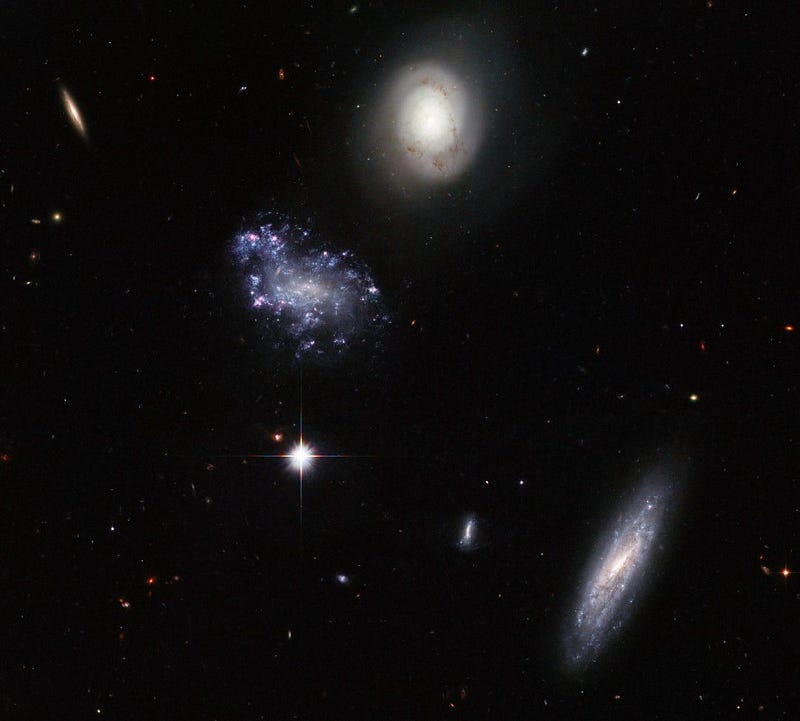
- From direct measurements of the brightnesses and distances of objects in the Universe such as stars, galaxies and supernovae, allowing us to construct the cosmic distance ladder.
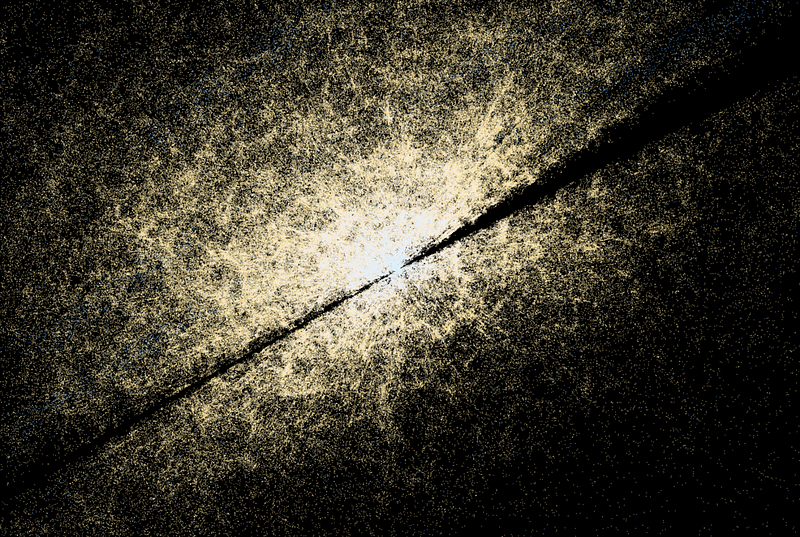
- From measurements of large-scale-structure, the clustering of galaxies, and from baryon acoustic oscillations.
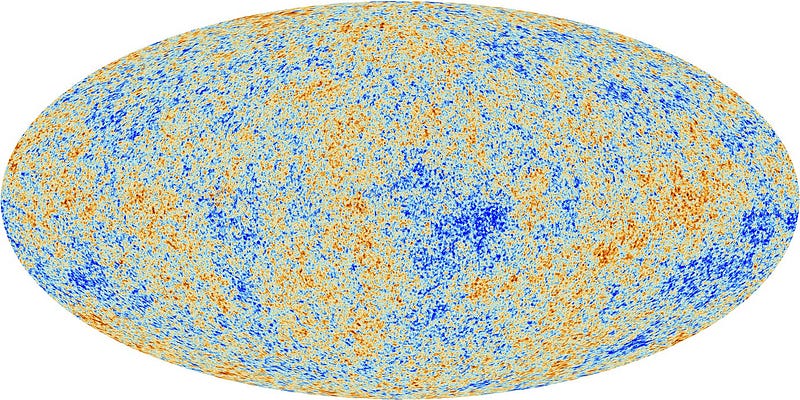
- And from the fluctuations in the cosmic microwave background, a “snapshot” of the Universe when it was a mere 380,000 years old.
You put all of these things together, and you get a Universe that is made up, today, of 68% dark energy, 27% dark matter, 4.9% normal matter, about 0.1% neutrinos, about 0.01% radiation, and pretty much nothing else.
But you throw in how the Universe is expanding today, and we can extrapolate this back in time, and learn the entire expansion history of the Universe, and hence, its age.
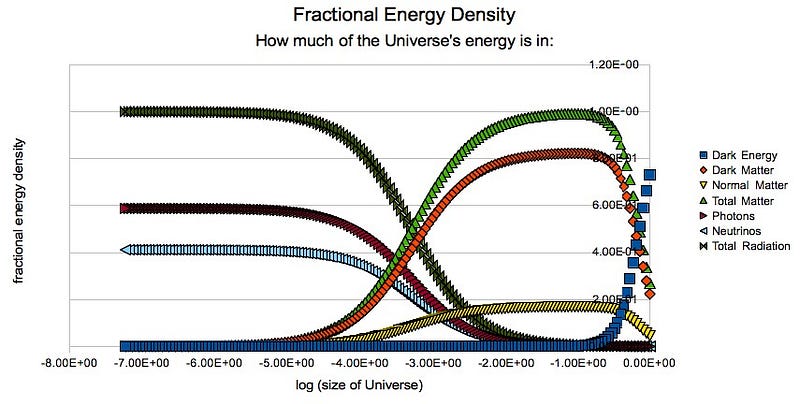
The number we get — most precisely from Planck but augmented from the other sources like supernova measurements, the HST key project and the Sloan Digital Sky Survey — is that the Universe is 13.81 billion years old, with an uncertainty of just 120 million years. This means we’re confident in the age of the Universe to 99.1% accuracy, which is an amazing feat!
Yes , we have a number of different data sets that point to this conclusion, but in reality, it’s all the same method. We’re simply fortunate that there is a consistent picture that they all point towards, but in reality, any one of the constraints themselves is insufficient to say “this is exactly how the Universe is.” Instead, they all offer a variety of possibilities, and it’s only their intersection that tells us where we live.
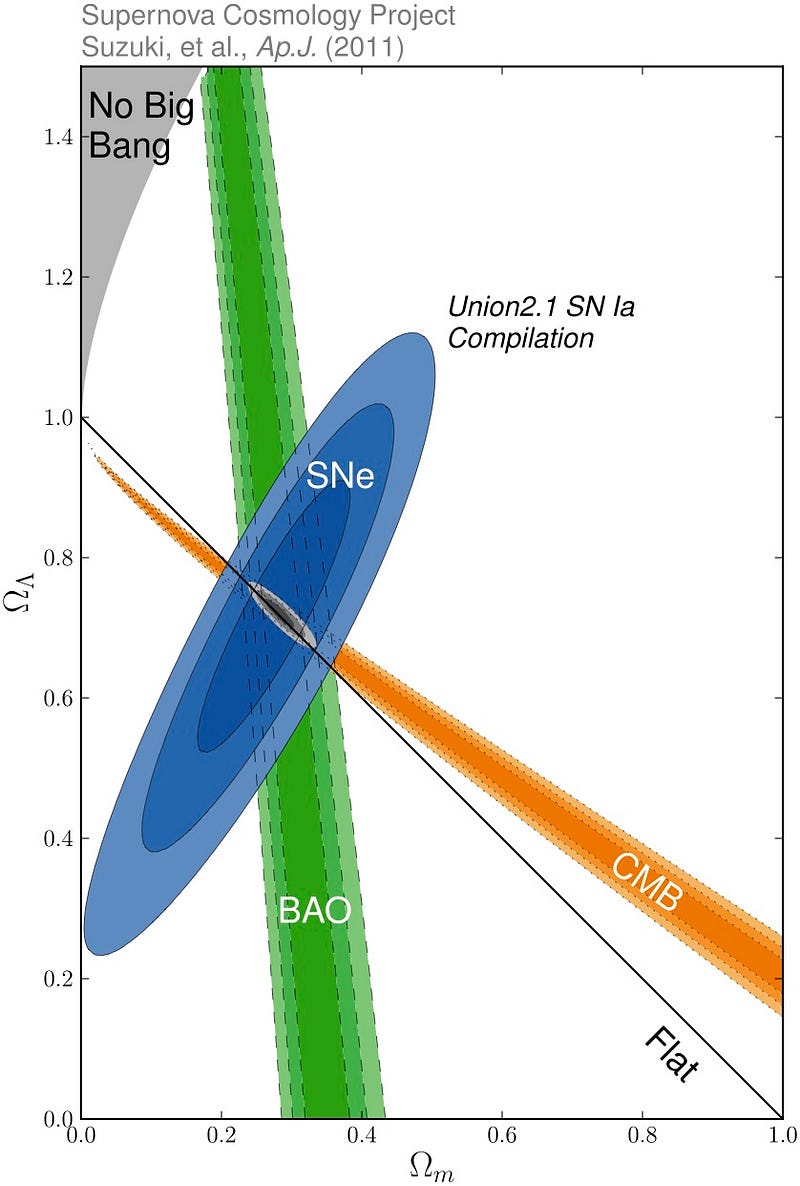
If the Universe had the same current properties today but were made of 100% normal matter and no dark matter or dark energy, our Universe would be only 10 billion years old. If the Universe were 5% normal matter (with no dark matter or dark energy) and the Hubble constant were 50 km/s/Mpc instead of 70 km/s/Mpc, our Universe would be a whopping 16 billion years old. With the combinations of things we have today, however, we can confidently state 13.81 billion years is the age of the Universe, with a very small uncertainty. It’s an incredible feat of science.
And that’s legitimately one method. It’s the main one, it’s the best one, it’s the most complete one, and it’s got a ton of different pieces of evidence pointing towards it. But there is another, and it’s incredibly useful for checking our results.
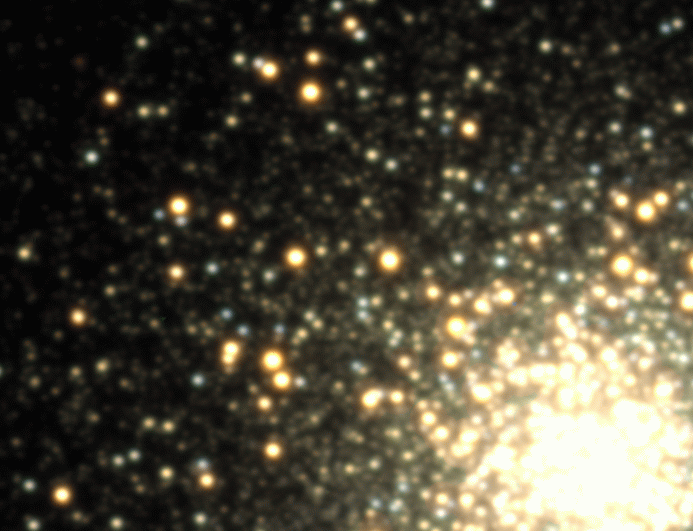
It’s the fact that we know how stars live, burn through their fuel, and die. In particular, we know that all stars, when they’re alive and burning through their main fuel (fusing hydrogen into helium), have a specific brightness and color, and remain at that specific brightness and color only for a certain amount of time: until their cores start to run out of fuel.
At that point, the brighter, bluer and higher mass stars begin to “turn off” of the main sequence (the curved line on the color-magnitude diagram, below), evolving into giants and/or supergiants.
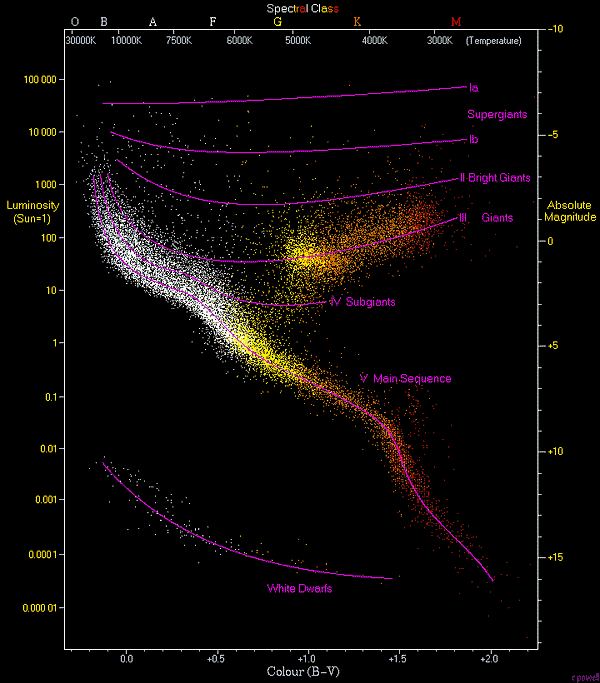
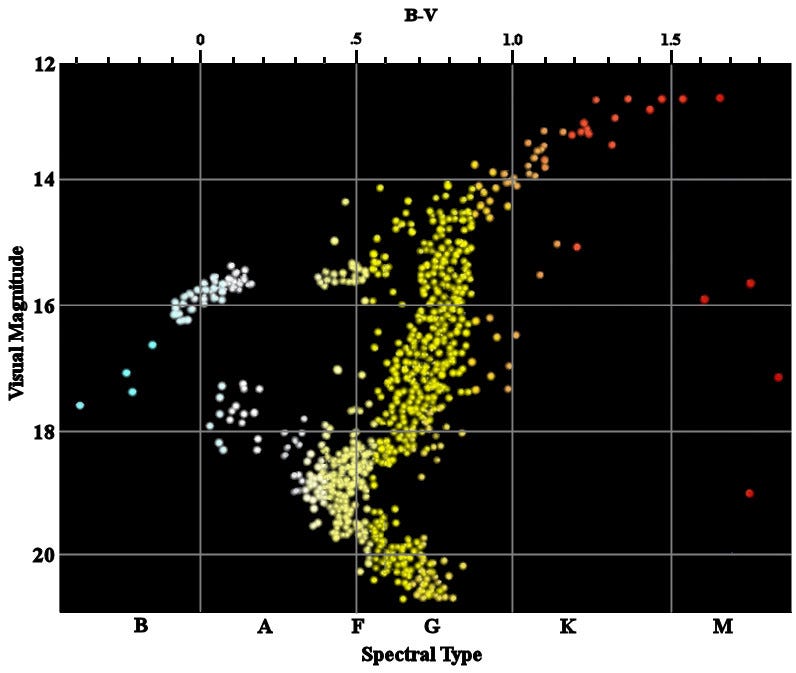
By looking at where that turn-off-point is for a cluster of stars that all formed at the same time, we can figure out — if we know how stars work — how old those stars in the cluster are. When we look at the oldest globular clusters out there, the ones lowest in heavy elements and whose turn-offs come for the lowest-mass stars out there, we find that they pretty consistently come in at an age of up to around 13.2 billion years, but not much older. (There are significant uncertainties of around a billion years on this, mind you.)
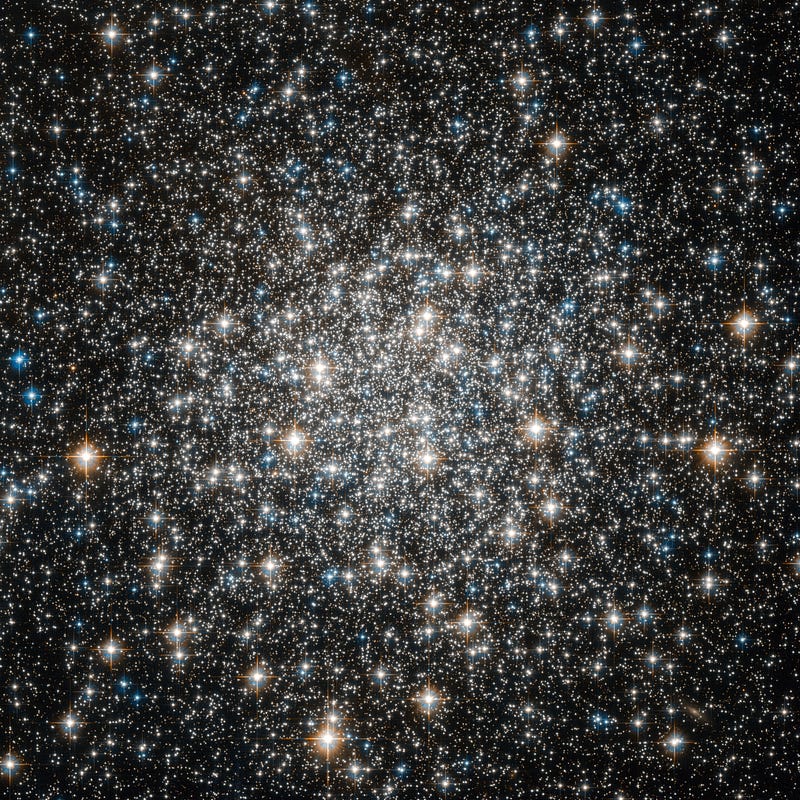
Ages of 12 billion years and up are very common, but ages of, say, 14 billion years and over are unheard of, although there was a period in the 1990s where ages of 14–16 billion years were often cited. (An improved understanding of stars and their evolution has bumped these numbers down.)
So all in all, we have two methods — one from our cosmic history and one from measuring local stars — that show us our Universe’s age is between 13 and 14 billion years old. It wouldn’t surprise anyone if we turned out to be as little as 13.6 or as much as 14.0 billion years old, but we’re not 13.0 or 15.0 billion years old with extreme certainty. Say we’re 13.8 billion years old with confidence, and now you know how we’ve figured it out!
Have a question or suggestion for Ask Ethan? Submit it here for our consideration.
Leave your comments at our forum, and support Starts With A Bang on Patreon!





